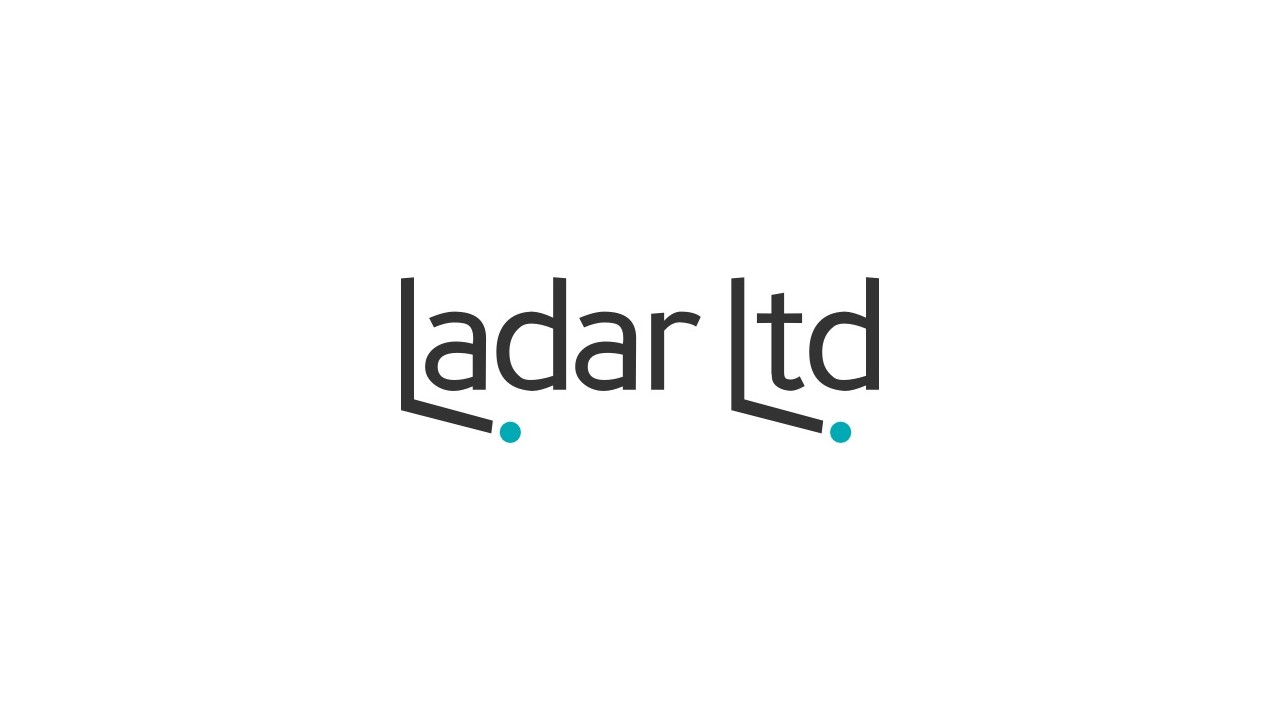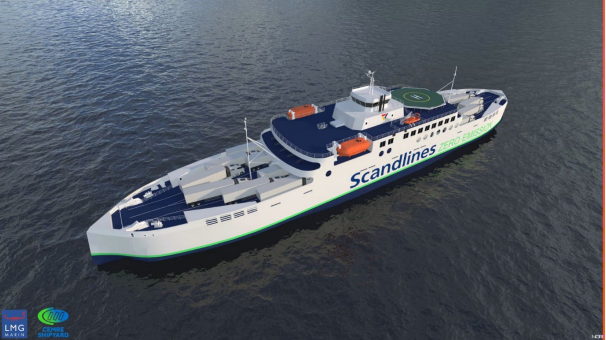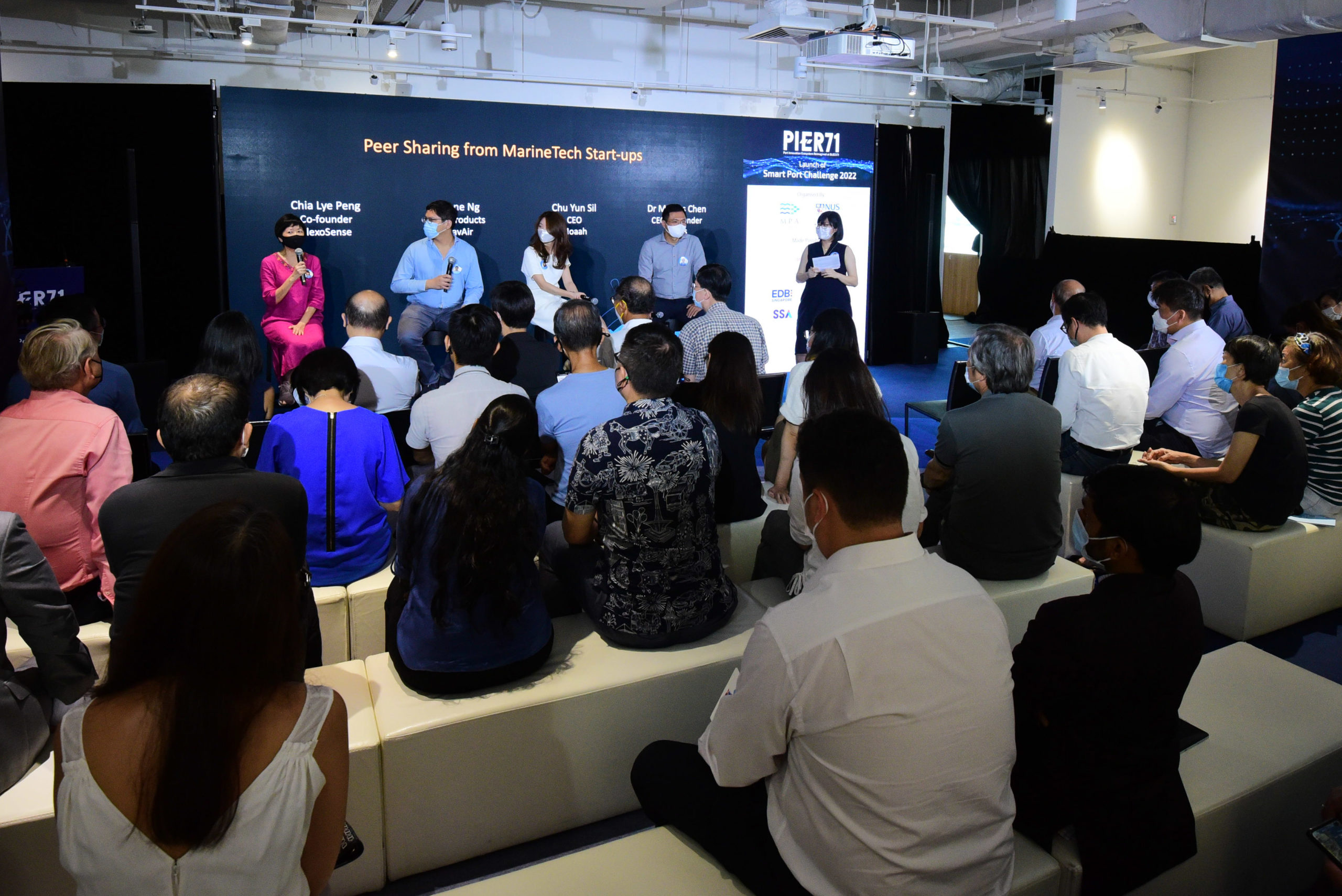Ladar Ltd (LDR) has developed a long-range lidar system that can greatly reduce navigational risk and associated costs, Brian Dixon takes a look.
An alumnus of the 2019 PortXL accelerator, LDR, says director Carlos Pinto, was founded with a mission “to be the world leader of maritime innovative sensor products based on laser detection and ranging (lidar) technology”. Suitable for a wide range of applications within the maritime and offshore fields, the company’s LADAR system “is a laser-based navigational aid that combines long-distance detection with high accuracy measurement [while giving] users a full 3D/4D (time) perspective for the best possible maritime awareness.”
“This is achieved, similarly to other lidar technologies, by using a laser beam pulse that produces over 100 readings per second, scanning a specific area or target in front or around the platform it is installed on. In practice, the LADAR system uses laser to provide more accurate, reliable and long-range object detection capabilities. The system overlaps many of the current ship radars functions with added benefits, performance and applications all in one system with much higher speed operation and no latency,” he says.
In its standard configuration, the LADAR system uses a laser with a 520 nm bandwidth in the visible blue-green light range that allows for the detection of surface, semi-submerged or fully submerged objects thanks to the laser’s water penetrating capabilities. While the system can detect submerged objects up to 280 m away in completely flat seawater, Pinto reveals that in normal operating situations, where smaller or larger waves increase object exposure, it is able to detect objects in the surface layer at ranges from “a few meters up to approximately 1 nautical mile”.
Such detection capabilities, he says, “allow for the creation of an effective surveillance zone around a ship or platform” where all objects and environmental conditions “can be detected, characterised, classified and tracked, enabling surveillance-relevant information to be processed and displayed in real-time”.
Meanwhile, real-time measurements are also possible thanks to the system’s integrated field-programmable gate array (FPGA) processing, which “provides a highly innovative, almost immediate observational picture of the vessel’s surroundings”. This data visualisation, he continues, “builds on intelligent algorithms that detect obstacles in the return laser signal”, with subsequent machine learning and artificial intelligence algorithms helping “to improve the detection and object classification capabilities permanently”.
This is all supported by an intuitive graphical user interface (GUI) that displays the derived data in 2D, 3D or 4D, with the 3D display also compatible with virtual reality (VR) and augmented reality (AR) headsets to facilitate on-board or remote visualisation. “Thus, the LADAR system ‘fills-the-gap’ between radar and sonar by detecting smaller and bigger objects in the surface layer at different ranges independently of the vessel’s speed while introducing new never-before-seen functionalities and performance,” Pinto states.
“Immediate benefits derived from the use of our technology are many,” he continues, revealing that the system, with its object detection capabilities, “can increase safety with a potential 50% reduction in navigational risk”. This in turn a reduces the likelihood of unscheduled dry-dock visits due to accidents. Furthermore, the reduction of accidents and collisions will likely extend a vessel’s lifetime by around 15% while lowering maintenance costs by some 20%.
“This,” Pinto says, “is made possible via better classification and tracking of detected objects and information on small vessel movements in confined high-traffic areas, such as coastal waterways and ports. The use of the system, together with other innovative technologies, such as route and fleet management software, will also enable ship owners to navigate safely and comply with current and future stricter environmental regulations.”
Furthermore, the emerging fields of autonomous shipping and e-navigation also stand to benefit from LADAR. “It will provide the missing sensor data gap, particularly at long range, while at the same time complementing existing systems as it provides large quantities of observations of [a ship’s] surroundings and its environment using laser ‘time of flight’ measurements,” he says.
At present, Pinto states, “no other laser sensor solutions exist in the market” that can offer the same “level of service and performance” within the LADAR price range. “When compared with the more traditional and widespread technologies, such as radar and sonar, the LADAR system also has some unique functionalities and performance. Radar detects objects above the water surface while sonar below the water surface. The LADAR system can gather information from above and below the water surface as well as from the problematic water surface layer, meaning it is complementary to radar and sonar while adding a new layer of information. This makes it the most cost-efficient tool outperforming all other related solutions and the only sub-surface solution tailor-made for maritime and offshore applications.”
Additionally, the LADAR system also has “a sub-meter resolution at close and long ranges” and boasts “1,000 times better resolution in azimuth and elevation than radar and sonar”. Moreover, as it is independent of speed, it can also be used by high-speed vessels. “Another unique and very distinctive characteristic of the LADAR system is its adaptability to a multitude of platforms,” he continues. “We have focused on collision avoidance for vessels but these capabilities, together with the previously identified surveillance applications, can be put to good use [by] many other offshore platforms, ports and similar infrastructures.”
More information on the company can be found on the LDR website here: http://ladar.co.uk


































